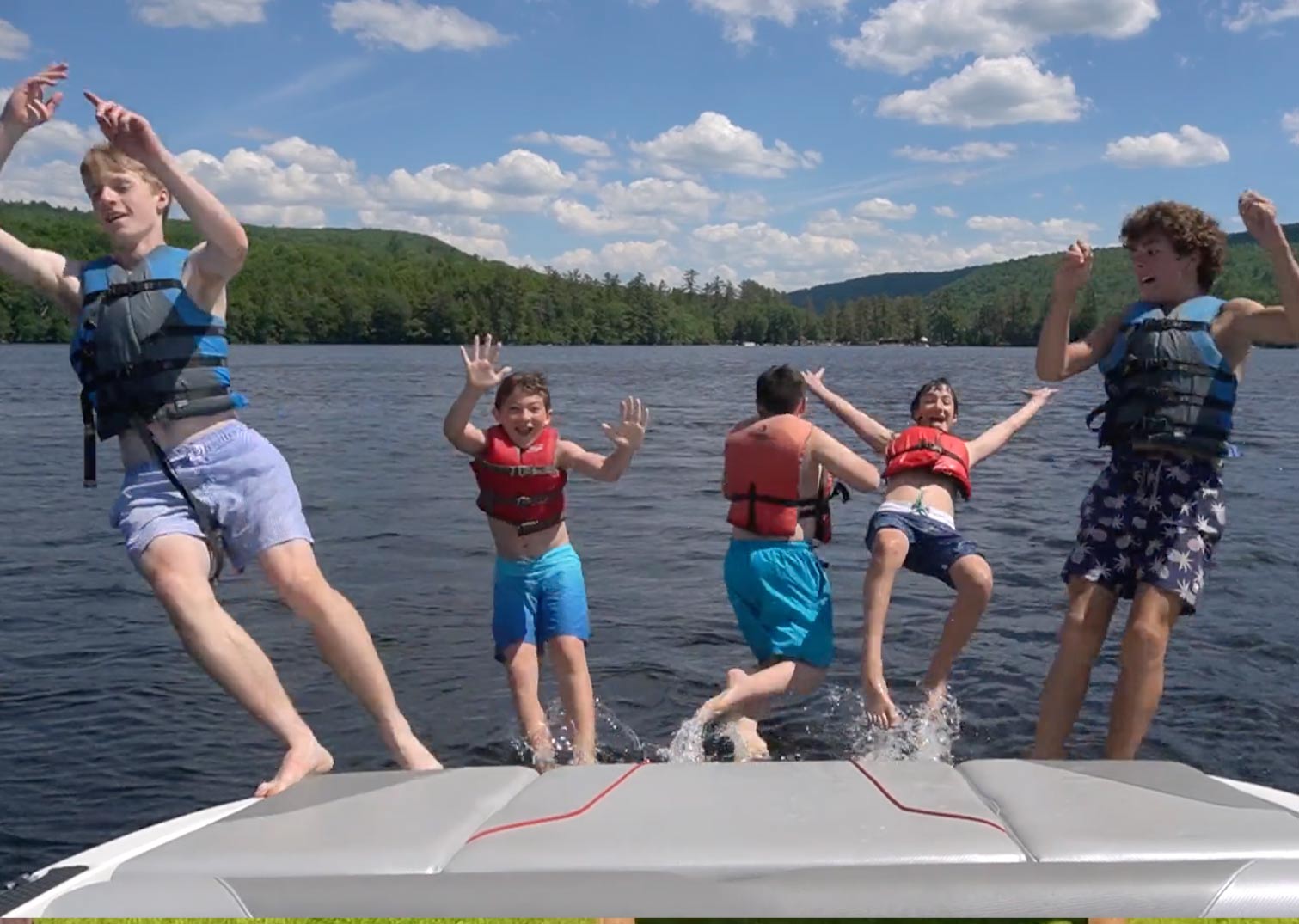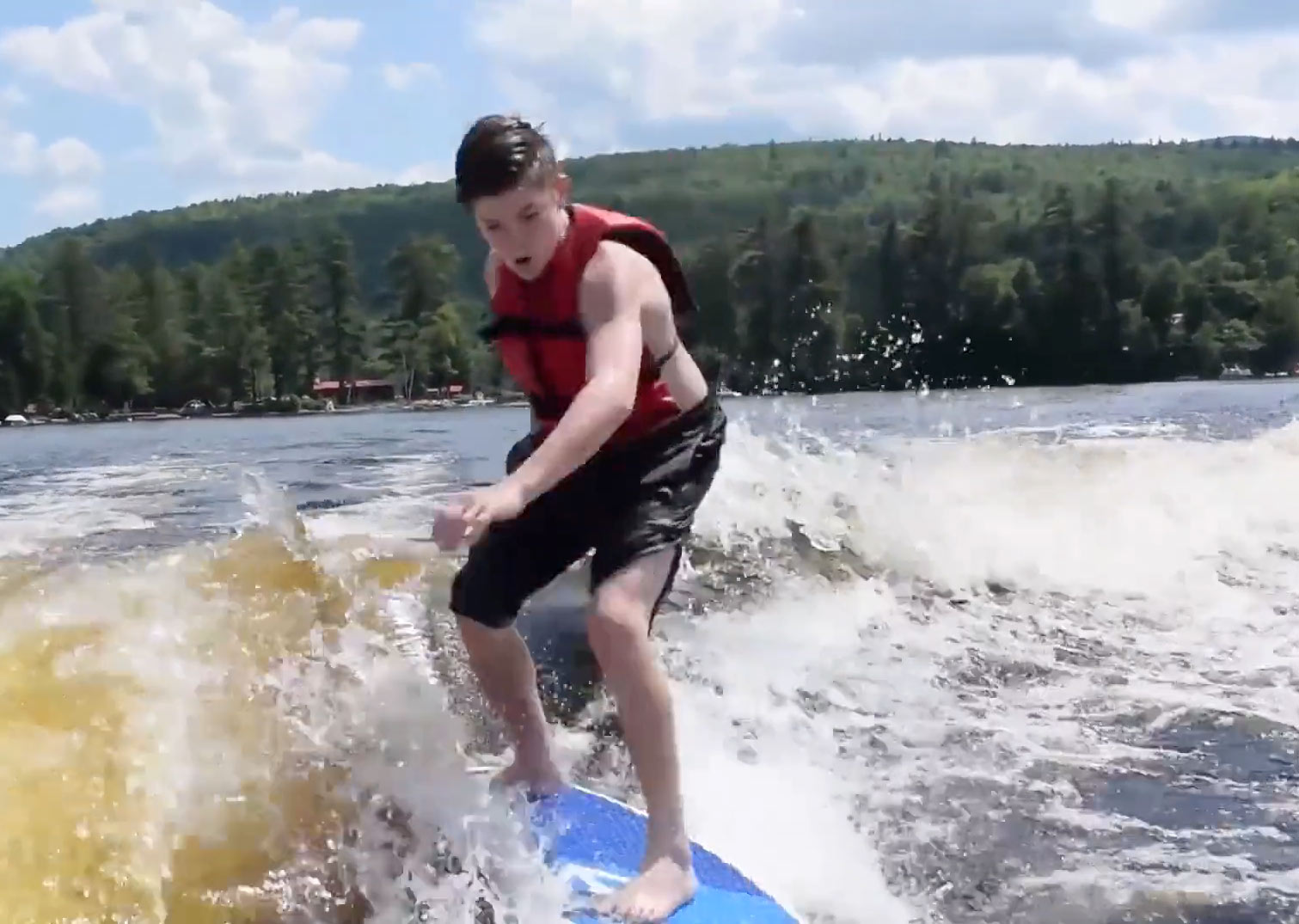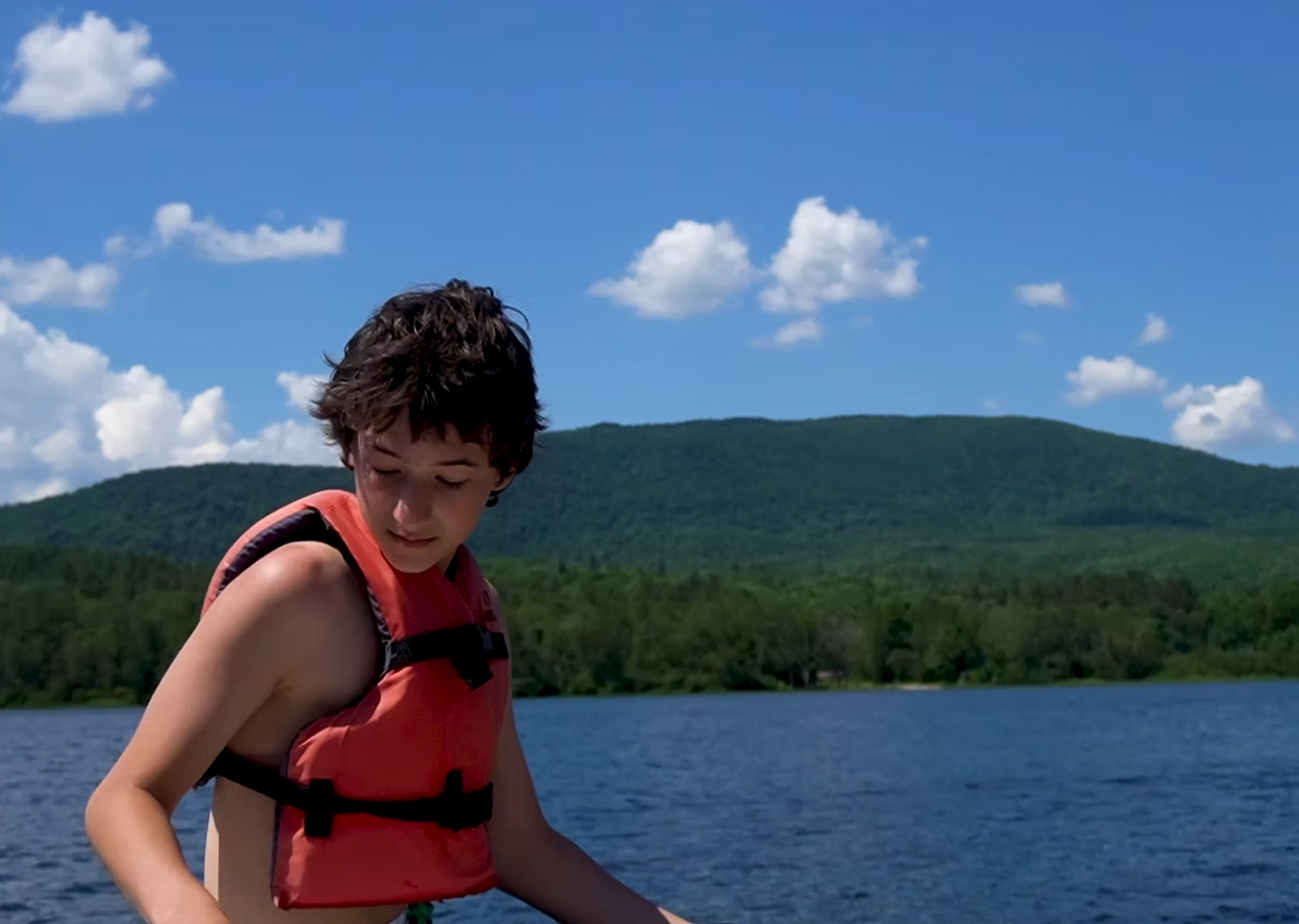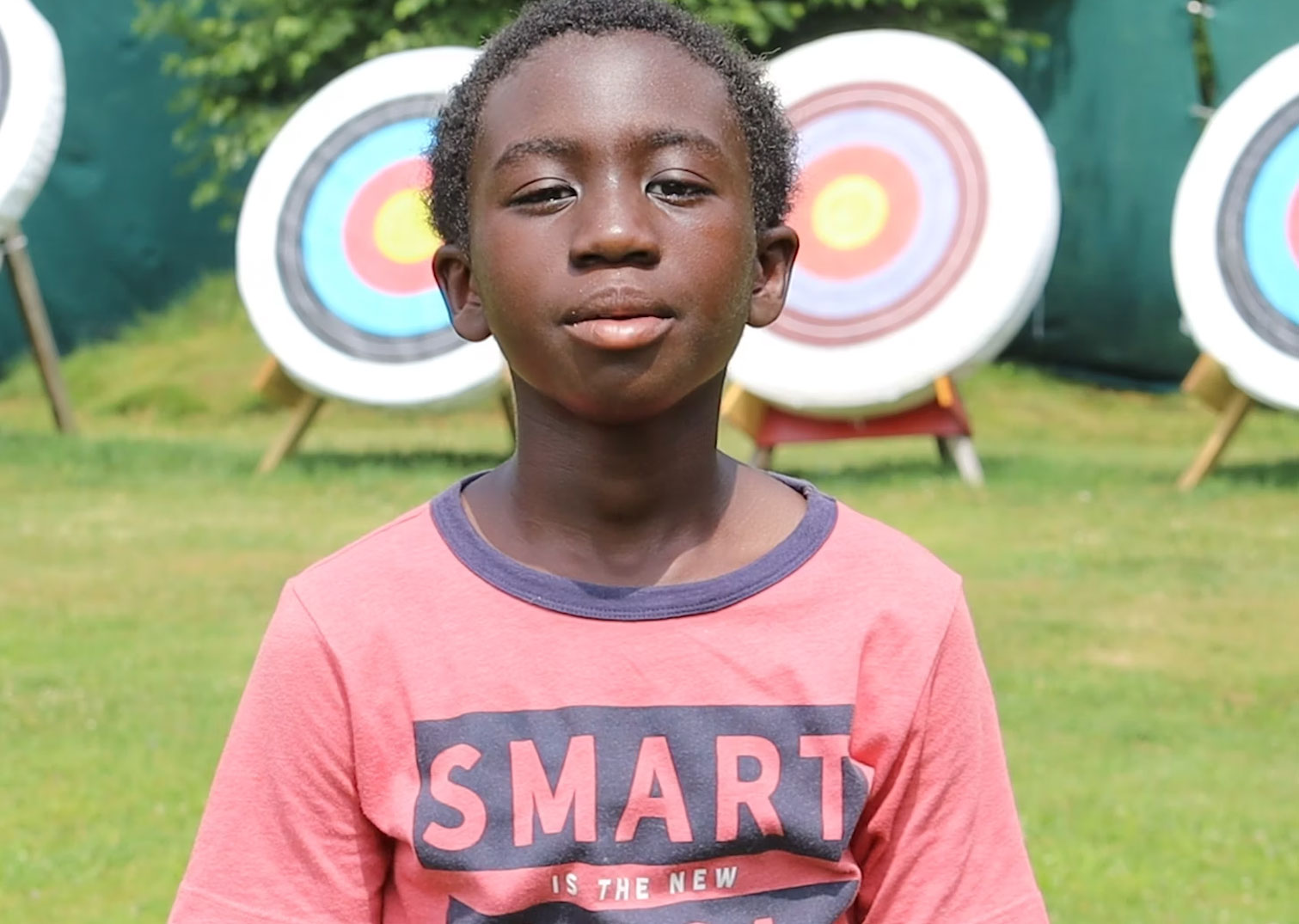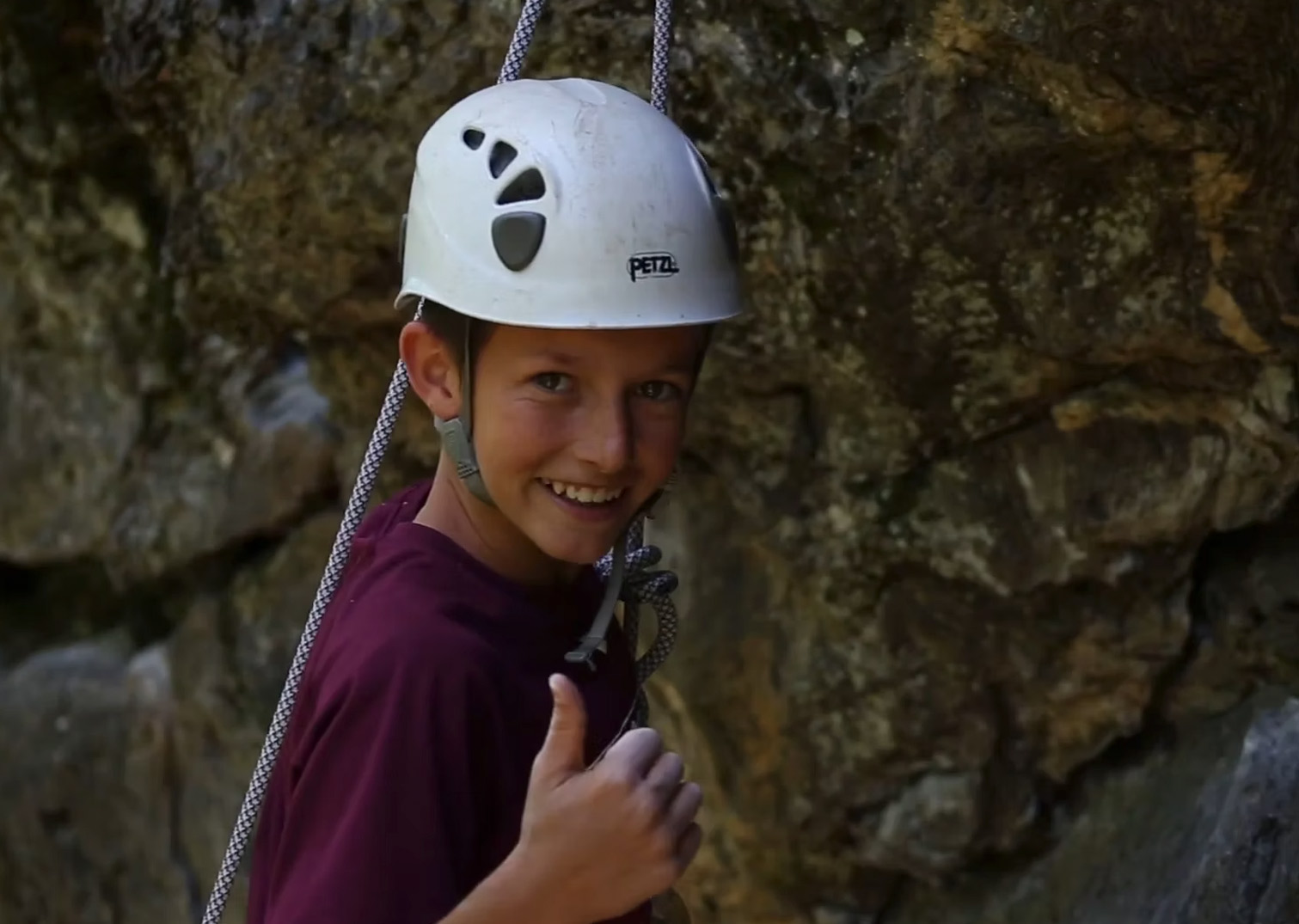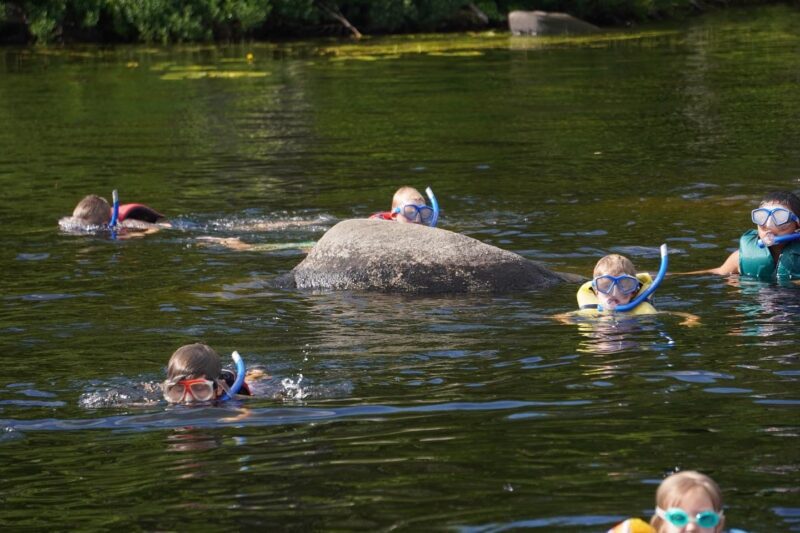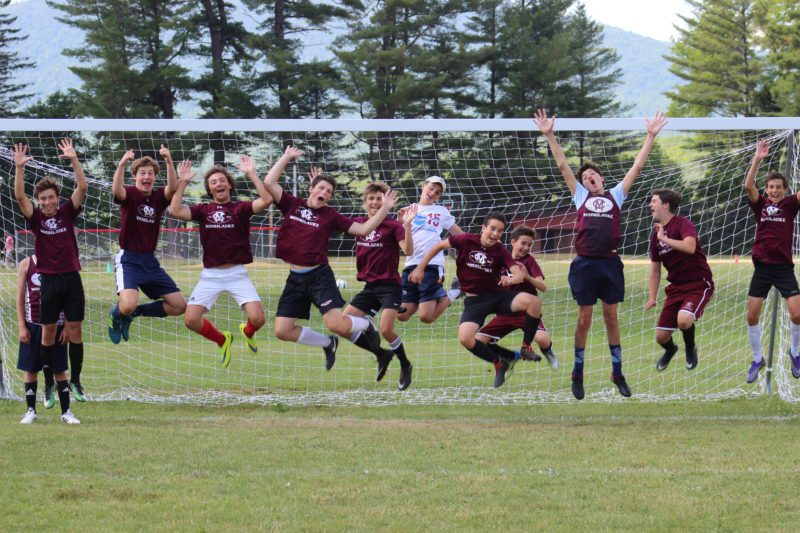The Moosilauke Way: The Art Of Fostering Skill Acquisition And Self-Esteem In Boys
Our overarching goal at Moosilauke is to help create confident, resilient, honorable, and happy boys and young men.
The Moosilauke Way: The Art Of Fostering Skill Acquisition And Self-Esteem In Boys
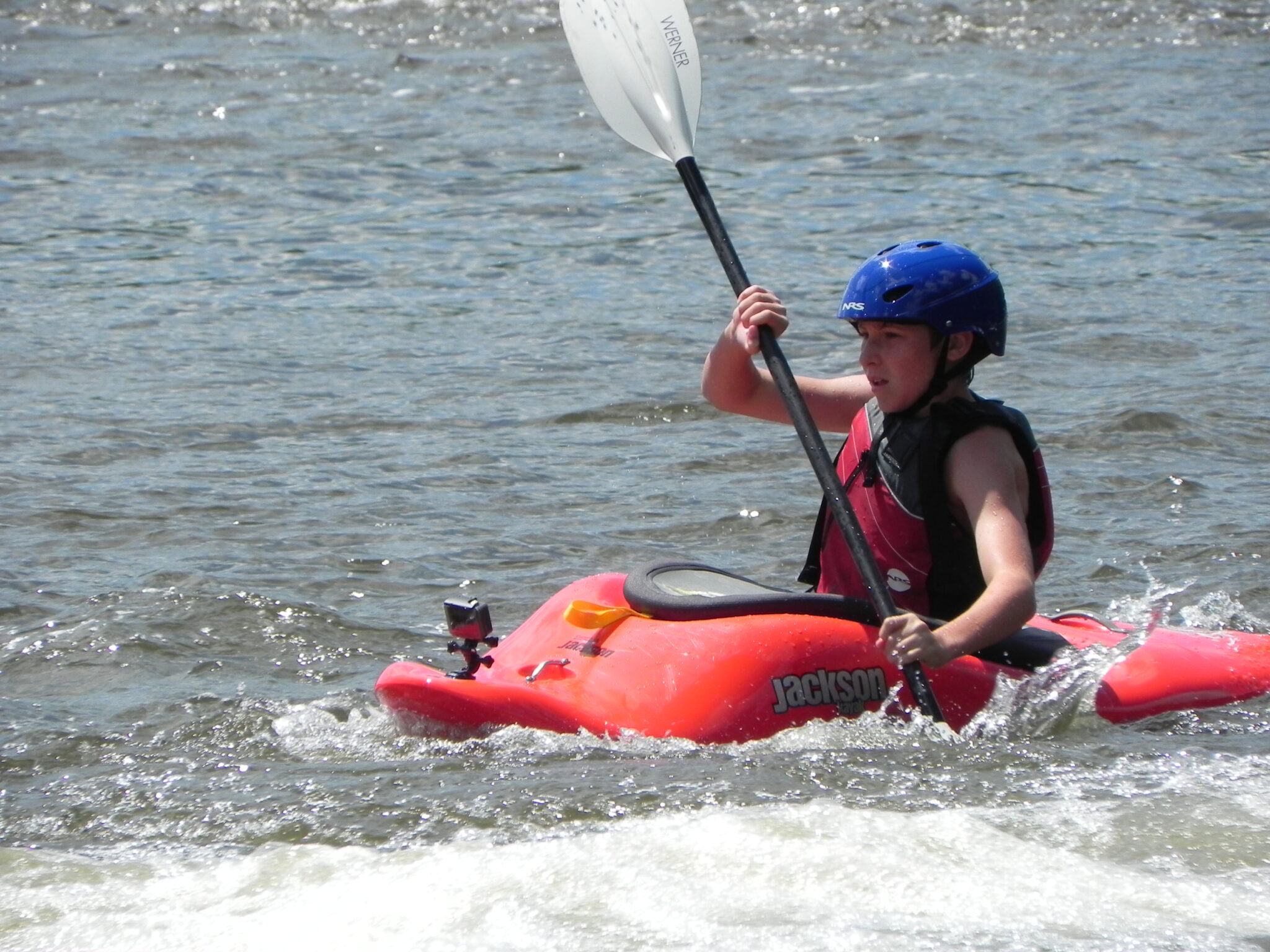
Our overarching goal at Moosilauke is to help create confident, resilient, honorable, and happy boys and young men.
By Bill McMahon, Co-Director
Our overarching goal at Moosilauke is to help create confident, resilient, honorable, and happy boys and young men.
To achieve our goal, we have a laser-like focus on a few essential philosophies and practices. It all starts with positive risk-taking since it is through encountering and overcoming failure that performance character traits like grit, resilience, and tenacity are created. We ensure that along with doing what they are already good at, every boy at Moose has to engage in new and challenging activities. Think deep–and broad. In over 116 years, no boy has ever come to Moose confident and capable in all the activities in our three main program areas: land sports, waterfront, and outdoor adventure.
Moosilauke’s founder, Virgil Prettyman, the head of the Horace Mann School at the turn of the century, was ahead of the curve in talking about camp and character building. In 1904 he wrote: “The opportunities are great for character building at Camp for you get hold of a boy as you do not during the school year.”
A program of positive risk-taking, however, is not sufficient unto itself. It only produces our desired results if it takes place in a community that is authentic, supportive, positive, and tolerant; a culture where boys feel comfortable stepping out of their comfort zone and risk failure.
But even these two ingredients cannot work the magic we want unless our staff has the understanding and skills to run our activities and trips in a manner that draws boys in and keeps them motivated to work hard and excel over time. Given this, we spend considerable time during our 10 day orientation and throughout the summer, ensuring that our staff embraces the following simple but powerful precepts about working with boys:
None of these approaches are unique to Moosilauke; seasoned teachers and counselors have applied these strategies for decades. However, I am amazed at the number of coaches or teachers who miss the boat and lose kids before they have even started because they talk too much, have lines that are too long when doing drills, make it all about themselves, or play favorites.
Do you know who the real experts are in employing many of these strategies? Video game developers. Just watch how boys who have a hard time sitting still can sit for hours playing video games. The combination of skill progression, constant feedback, competition, and the continual chance to try again and make progress is very enticing to boys.
At Moose, we apply these best practice strategies at every activity in camp. They are as important in the wood shop as they are in lacrosse, sailing, mountain biking, and outdoor life. Here is an example of how they are put in place in the kayaking program at Moosilauke:
Kayaking has an achievement chart prominently displayed that shows four major skills areas:
- basic strokes and boat safety;
- advanced strokes like the sweep, stern rudder, and draw;
- advanced techniques like rolling (both with a paddle and only with one’s hands) and rescues; and
- the application of advanced skills and techniques in white water situations. Each level is taught using a combination of games and drills, and is imbued with a sense of fun and importance. For example, completing Level Two earns a camper the moniker of “Lake Legend,” and if a camper completes Level Four they are a “White Water Warrior.” The initial skill levels are accessible to all campers, and the later stage ones (like a white water roll) are hard enough that it may take multiple summers to achieve them.
All campers are exposed to kayaking through required classes but afternoon sign-up periods provide campers the chance to progress at a more rapid pace.
On-campus classes all take place on a calm lake. However, campers who earn a set skill level are given the privilege of going on weekly trips to white water. During these trips, campers put their skills to work in more challenging situations. On these trips, campers start by practicing edging into eddies (calm spots on the river) and ferrying across moving water. Once these skills are mastered they can enter into “wave trains” where they plow through–and sometimes surf–sets of white water waves. In the process, campers also practice hard skills such as “wet exits” and white water “rolls.”
These trips to white water have a special aura to them, in part because there are real consequences to not doing what you are supposed to: a wet exit into a cold river is a powerful and immediate feedback system!
Although white water kayaking is one of about 18 activities at Moose, it is also a very special one. For starters, and similar to rock climbing, most kids who come to camp have little experience with it. Secondly, it gives many boys a chance to shine that may not excel at traditional ball sports since you never know who is going to really take off in kayaking.
This summer I had the pleasure of taking a group of boys on a white water trip with my son Colin who leads our kayaking program. (You have to love that the younger generation has relegated me to driver and photographer–and occasional safety resource.) The boys spent the day playing in the class I to III water at the Hartland Rapids on the Connecticut River. During the drive to the river I could tell that a few of the boys were anxious about what they were going to encounter. However, on the way home the sense of accomplishment and achievement was palpable; the boys were almost levitating off their seats in the Suburban they were so happy.


